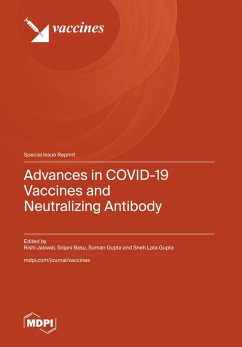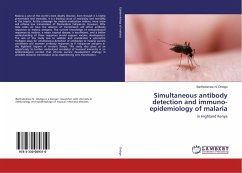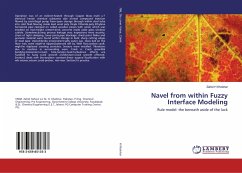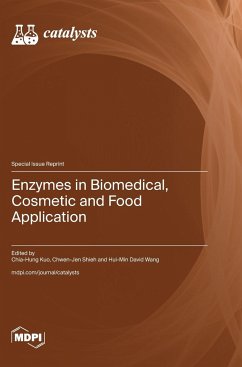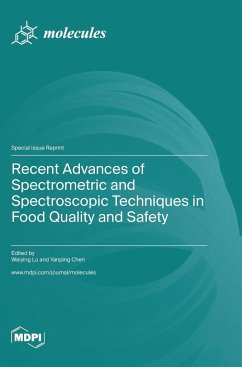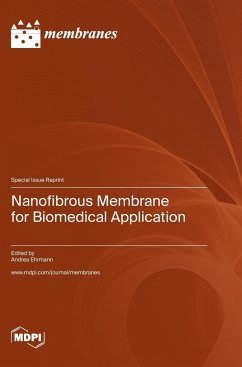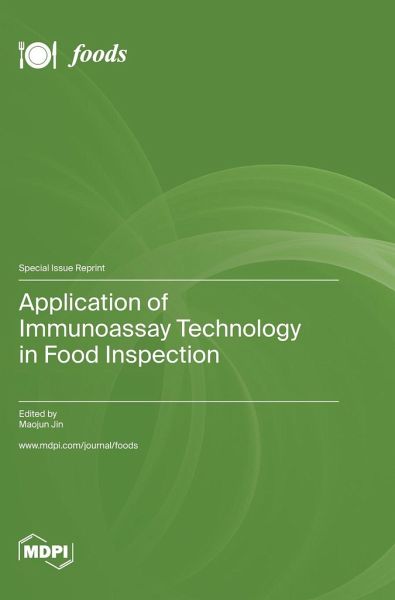
Application of Immunoassay Technology in Food Inspection
Versandkostenfrei!
Versandfertig in 1-2 Wochen
66,99 €
inkl. MwSt.

PAYBACK Punkte
33 °P sammeln!
Food inspection is the primary method employed in order to ensure the quality and safety of food. There are some hazard factors, such as pesticide residue, veterinary drug residue, heavy metals, biotoxins, and illegal additives, that represent a great threat to the quality and safety of food. Immunoassay is a rapid detection method with high efficiency and accuracy, and is the mainstream rapid detection method in food inspection. The syntheses of hapten, the development of antibodies, immunoassay methods including colloidal gold immunochromatography, enzyme-linked immunoassay, fluorescence imm...
Food inspection is the primary method employed in order to ensure the quality and safety of food. There are some hazard factors, such as pesticide residue, veterinary drug residue, heavy metals, biotoxins, and illegal additives, that represent a great threat to the quality and safety of food. Immunoassay is a rapid detection method with high efficiency and accuracy, and is the mainstream rapid detection method in food inspection. The syntheses of hapten, the development of antibodies, immunoassay methods including colloidal gold immunochromatography, enzyme-linked immunoassay, fluorescence immunoassay, chemiluminescence immunoassay, and bio-barcode immunoassay have been research hotspots in recent years. The aim of this Special Issue is to provide an overview of the latest research in the following fields: i) the design and synthesis of hapten for key hazard factors; ii) the development of monoclonal antibodies, nanobodies, etc,. for pesticide residue, veterinary drug residue, heavy metals, biotoxins, and illegal additives; iii) structure-activity relationship between hapten and antibody properties; iv) the development of novel immunoassay detection methods in food inspection. Additionally, we welcomed reviews addressing the field of immunoassay application in food inspection.




